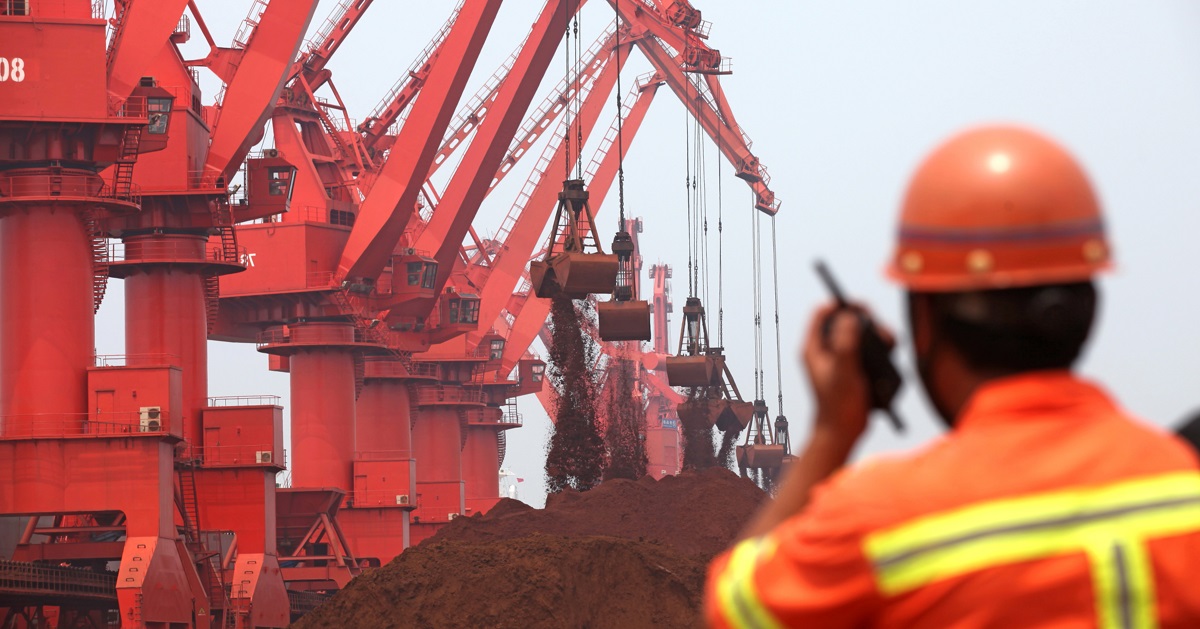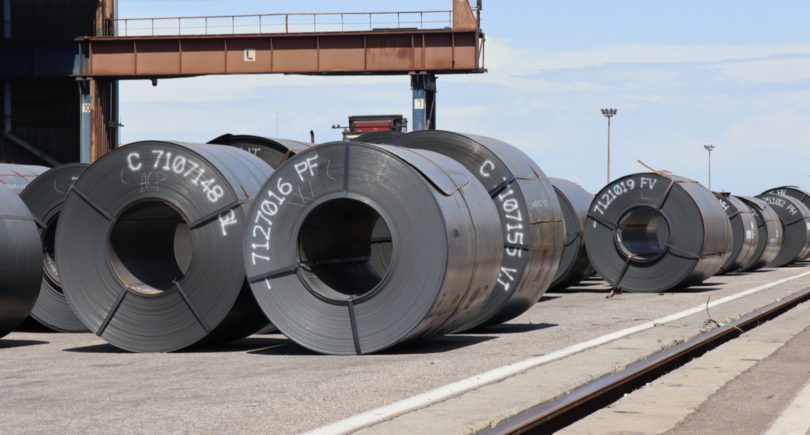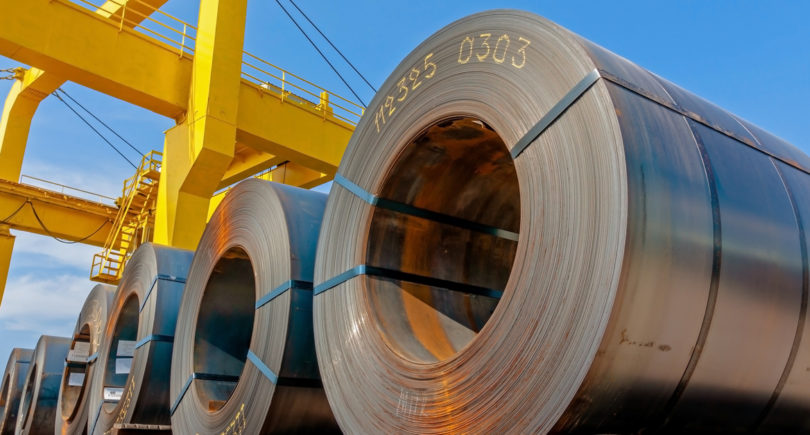
News Global Market ціни на залізну руду 255 01 July 2025
At the end of June, futures on the Dalian Exchange reached a psychological barrier, while spot prices remained weak
As of June 27, 2025, September iron ore futures on the Dalian Commodity Exchange (DCE) rose 2.1% compared to the previous week and 2.4% since the beginning of the month to $99.95/t, a psychological threshold for the market. At the same time, July contracts on the Singapore Exchange were trading at $94.4/t at that time, up 1.2% from the previous week but down 1.7% from the end of May.

At the end of June, the iron ore market saw a brief revival, but further price growth is limited by structural factors. Despite DCE futures reaching almost $100/t, the spot segment remains weak, and traders are not confident in a sustained recovery in demand.
One of the key drivers of the change in sentiment was the maintenance of relatively high pig iron production volumes in China. This supported the market in the second half of June, even amid the traditional summer decline in demand. According to analysts’ estimates, the margins of some metallurgists remained positive, which stimulated a renewed interest in purchasing raw materials.
At the same time, sentiment cooled somewhat on June 30: DCE futures fell, while spot prices remained virtually unchanged. This was due to unconfirmed reports of a new wave of restrictions on steel production in Shanxi Province, a region with a high concentration of metallurgical enterprises. These rumors immediately dampened the optimism that had formed as a result of the resumption of purchasing activity at the end of the previous week.
Another factor putting pressure on prices was the expectation of weaker demand in July. Although port stocks of iron ore in China remain at moderate levels, the rate of their decline has slowed. Against this backdrop, traders began to take profits, which limited the growth of quotations.
The situation on the spot market also remains ambiguous. Activity on sales platforms was moderate, indicating that end users are unwilling to aggressively buy raw materials, despite stable smelting rates.
Thus, the last week of June brought cautious growth to the market and, at the same time, signals of a potential correction. High sensitivity to news from China, seasonal decline in demand, and structural changes in raw material quality create an unstable trading environment in which even minor factors can cause price fluctuations within the range of $90-100/t.
As reported by GMK Center, Moody’s expects iron ore prices to remain at $80-100/t over the next 12-18 months. This forecast is due to weak demand from China and high supply on the global market.
A similar view was expressed by analysts at BMI Country Risk and Industry Research. They maintain their forecast for the average annual price in 2025 at $100/t, although they acknowledge the pressure from weak demand.




